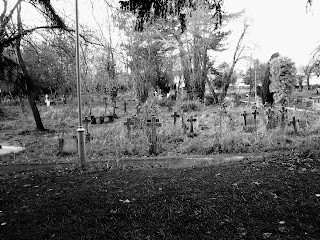What is the scariest film you have seen?
What was your most recent nightmare?
What is your greatest fear?
What doesn't scare you in horror films?
From asking these questions, we have discovered that most people are not afraid of blood or"scary" children. From doing this research, we now know what to avoid doing. We have conducted research into the film named by our target audience in order to identify the horrific components for our film.
1) What age are they?
The audience we have decided upon are young adults and teenagers, between the ages of fifteen and twenty onwards. We have not included the ages before fifteen because of the rating the film may have and the effect this may have on younger viewers. For this film, I envision a young, university student.
2) What gender are they?
Either male or female- we are not creating a film for a specific gender, but the specific target audience that we are meant to envision, we shall say female.
3) What is their marital status?
As our target audience is mature to a certain extent, I believe that we could say that they are in a relationship with someone they love, be it in or out of wedlock.
4) What is their job?
I would imagine that most of the people who fall into the age group that we have specified would be in either full time education or have a job. The jobs stereotypical students might have could be waitressing, taking calls, serving behind counters in various eateries, sorting stock in various large chains such as HMV, Waterstones, WHSmith etc.
5) D
o they have children?
It is possible that our target audience would have children. The Office for National Statistics show conceptions in under-18s fell to 34,633 in 2010 compared with 38,259 in 2009, a drop of 9.5%, indicating that the teenage pregnancy rate is falling, but that it still occurs, making it likely that part of our target audience may have children. However, this only accounts for 18's and under. Although it is rare for university students to have children, it can occur.
6) What is their geographical region? We imagine our target audience to reside in either in the United Kingdom, Australia and the United States of the America, as they are the major English speaking countries. However, our indiviual person lives here, in Oxford, UK. We found that it is easier to imagine and to relate the target audience if they are similar to us.
7) What do they spend their money on?
We assume that our target audience would spend their money mainly on tuition fees, food and clothes.
*Please ignore the title of the video. It cannot be changed.*







